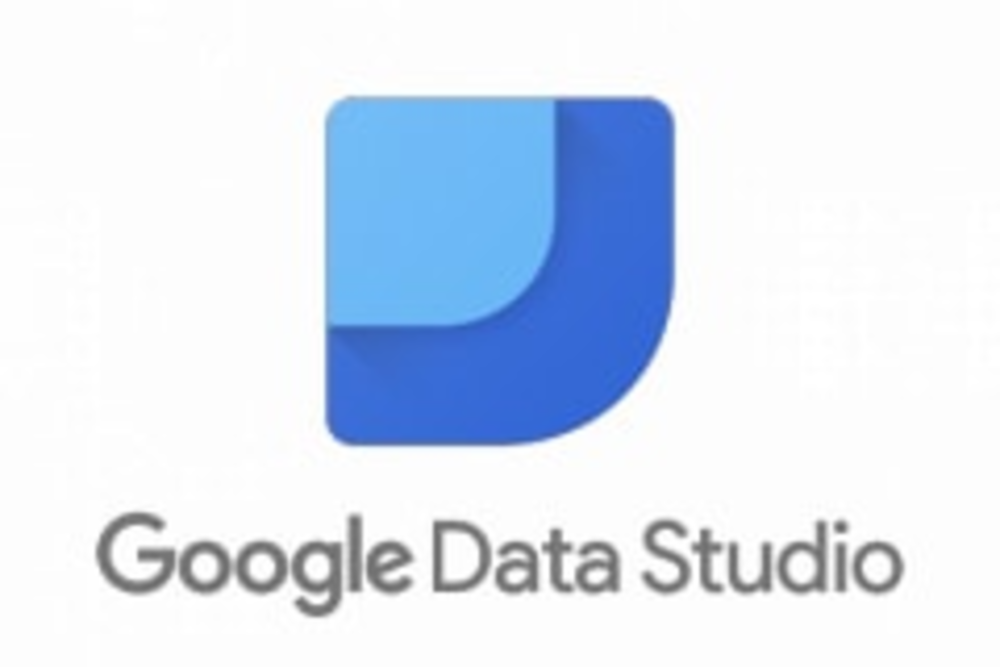Late last year, I wrote about Google Data Studio, and its relationship to big data tactics, such as tidy data. Over time the tools has become a central data visualization appliance for a number of Google properties, mainly AdWords and Google Analytics. Just last month, Google announced that its search console platform can integrate into Data Studio’s data sources report.
Search Console appears as one of the data sources in the data sources selector.
Search Console was once Webmaster tools, a diagnostic web platform for monitoring website performance. But since masking its search data for users logged into a Google tool (like Gmail or Google Plus), Google has evolved Webmaster Tools to better report how well a site attracts search queries. Hence, Search Console was born.
The significance of this represents a growing trend in search to combine search data with other data. That combination is part of a larger shift now happening with analytic tactics, and with the needs managers are looking to fill. When I started out in analytics eight years ago, search was the primary query mechanism for people. Today people use search and social media to discover products and services. That means additional search data is being generated via video, images, and posts, all in an unstructured way. Tools like Data Studio can blend traditional search data and social media sources, so that they can exist in a way amenable for data mining.
One of the long-standing tenets of search is that users typed keywords into search engine, making the volume of search an analytics objective. The rise of voice-enabled queries from mobile phones has shifted emphasis to phrases rather than loose keyword association. The rise of AI-enhanced voice assistance devices, such as Google Assistant and Amazon Echo, emphasizes phrases further. Consumers interact with IoT devices, generating richer detail around query phrases. The end result is that more context is associated to a query.
All of this means marketers must be smarter about what kinds of queries should be analyzed, and must broadly consider where those queries occur. In short, it means combining data and modeling where possible.
Creating a link between Data Studio and Search Console requires setting up a Search Console account first. You do so as you would for any Google service – sign up at Search Console site, and the add a property, which can be the URL of a website or Android app. You should also verify the added account, by either uploading a HTML file or adding a HTML tag.
You can then associate your Search Console account with your Data Studio. Click on the data sources selection on the menu on the left, then click the add button on the lower right. Once added, you should see a row label indicating your property and ownership; The following image shows the Zimana Search Console being linked to a Data Studio account.
Data Studio imports the site impression and URL impression metrics from the search analytics report in Search Console. This means you are not gaining any new metrics. The main advantage users get with Data Studio is being able to create graphs that allow them to view those metrics from a data mining perspective. Many of the search phrases that appear in search console are variations of the same comment, sometimes making it hard to fully discern where one comment is associated with another.
Importing the data into Data Studio can help analysts group phrases together. This is useful for establishing initial datasets for advanced techniques, like K-Nearest Neighbor for regression, or Association Rules Learning, a machine learning technique with growing popularity among retailers.
Another benefit extends to how graphing options are meeting manager needs. A straightforward set of charts is available to make data visualization easy to update. A dashboard template is also available or you can create your own to custom-fit a specific need.
Marketers are increasingly encountering scenarios where data usage must evolve to support competitive and strategic decisions. Data Studio represents the latest evolution in analytic reporting — incorporating data sources to grant users more focus on data comparisons and decisions, while reducing the number of interfaces needed to make the comparison. In short, it means analysis will get more comprehensive, but also much better.







